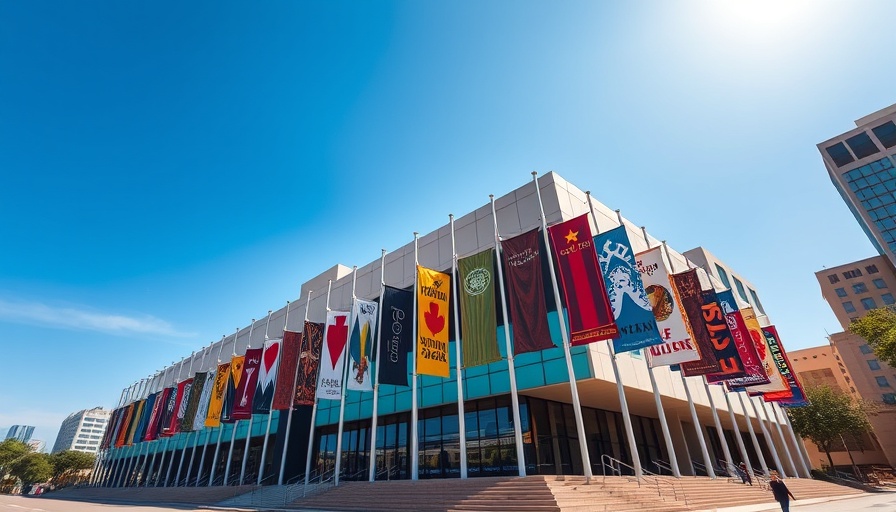
Preserving Cultural Heritage: The Fight Over the Institute of Texan Cultures Pavilion
In a vibrant city like San Antonio, where history and culture intermingle, a recent lawsuit has put the spotlight on a cherished landmark—the Institute of Texan Cultures (ITC) pavilion. A local group, the Conservation Society of San Antonio, has moved to prevent its demolition, arguing that the pavilion is not just a structure but a significant part of the city’s cultural fabric.
The Historical Significance of the ITC Pavilion
Dating back to the 1968 World’s Fair, the ITC pavilion is emblematic of Texas’s multicultural history. It serves as a testament to the diverse communities that have shaped the state over the years. The pavilion hosts exhibitions that showcase the rich traditions and histories of various cultural groups, reflecting the spirit of inclusion that San Antonio prides itself on. As the city continues to grow and modernize, residents express concern about losing such historical landmarks that define their identity.
Public Reactions: A Clear Divide
Local residents have had mixed responses to the potential demolition. Supporters of the lawsuit emphasize the importance of conservation and maintaining historical sites for future generations. They argue that the pavilion’s demolition would represent a loss of continuity in the city's narrative. Conversely, proponents of the redevelopment plan assert that new developments could better serve the community’s contemporary needs, creating more spaces for gatherings and entertainment.
Legal Landscape: What Comes Next?
The lawsuit filed by the Conservation Society seeks to reinstate measures for landmark designation, which would provide additional protection against such demolitions. If successful, the ruling could influence how similar cases are handled in the future. The ITC pavilion's fate now hinges on legal considerations and community advocacy, highlighting broader issues of urban development versus historical preservation.
Counterarguments: Economic Implications of Preservation
While historical preservation is important, some argue that it can be economically burdensome. Critics claim that maintaining older structures often incurs high maintenance costs and can inhibit urban progress. However, numerous studies suggest that preserving historic sites can also lead to increased tourism revenue, as visitors often seek authentic cultural experiences while traveling.
Future Predictions: Blending History with Modern Needs
Looking ahead, there is potential for a compromise that bridges the gap between preservation and modernization. Urban planners and historians could collaborate to create multifunctional spaces that respect the past while catering to the dynamic needs of contemporary communities. Initiatives could involve renovating the pavilion to incorporate modern amenities without sacrificing its historical essence.
Taking Action: Get Involved in Local Preservation Efforts
For those interested in supporting local heritage initiatives, there are numerous ways to get involved. Attend community meetings held by local preservation groups, volunteer for conservation projects, or contribute to fundraising efforts aimed at preserving historical sites. Each action counts and contributes to a broader movement dedicated to safeguarding cultural landmarks in San Antonio.
Conclusion: The Importance of Knowing Our Heritage
The lawsuit to protect the ITC pavilion highlights deep-seated values within the San Antonio community regarding cultural preservation. As discussions surrounding urban development and historical preservation continue, community members are encouraged to reflect on the importance of their heritage and participate in shaping the future of their city. Understanding and maintaining the stories that define San Antonio can lead to a vibrant and inclusive narrative for all.
 Add Element
Add Element  Add Row
Add Row 



 Add Row
Add Row  Add
Add 


Write A Comment